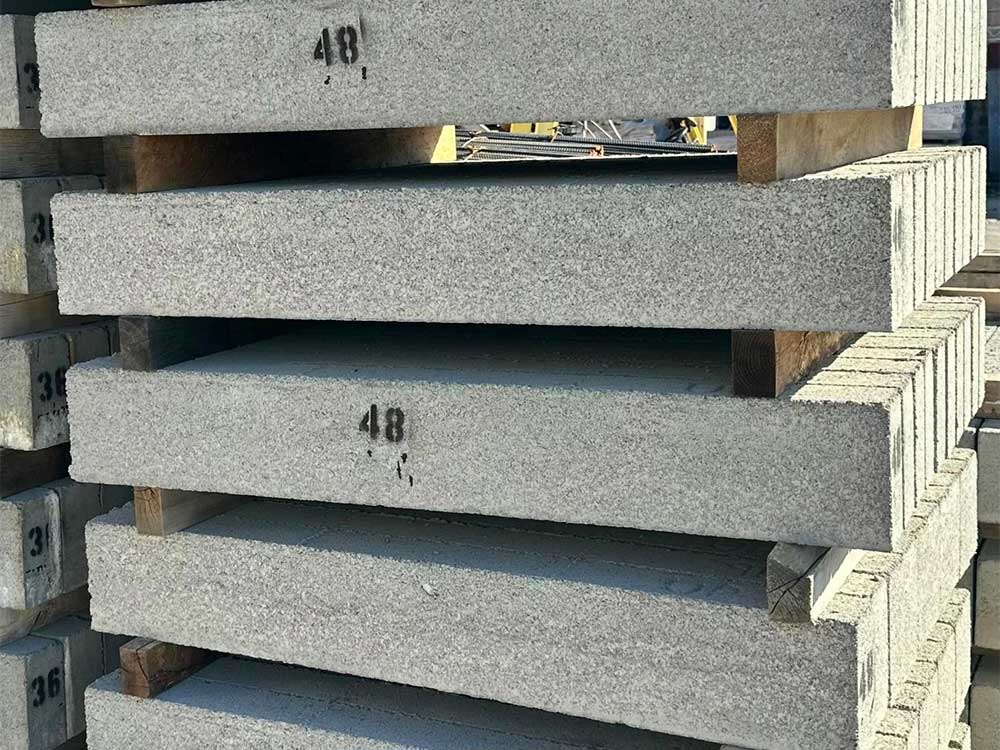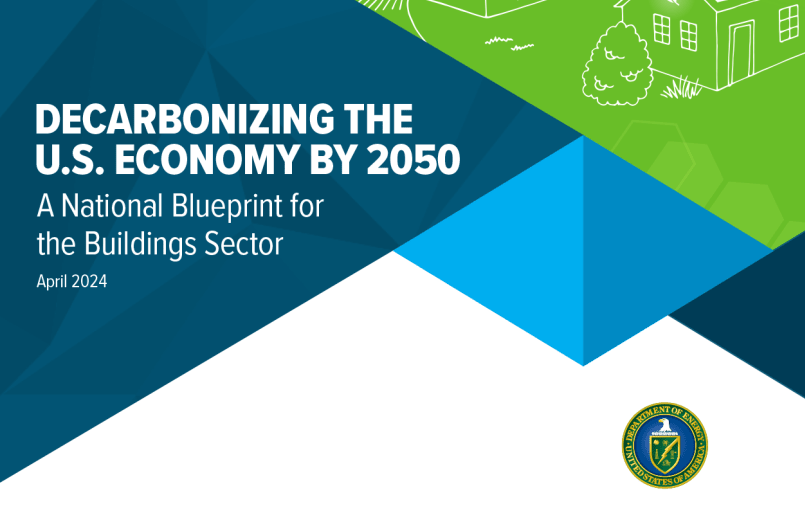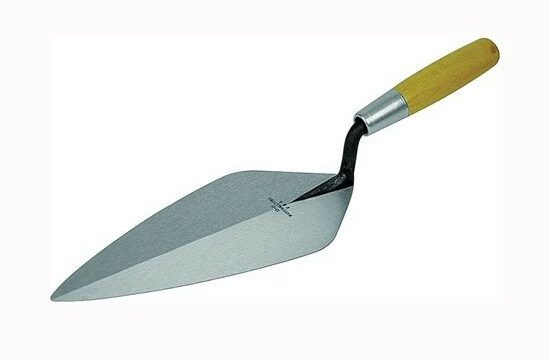Building a Better Sea Wall
Waterfront property is the best: sea breezes, water access, and views. Unfortunately water and shoreline are always in a bit of a tango, which makes protecting valuable square footage difficult. Furthermore, this is being exacerbated by a few items:
- Corrosion- When we build sea walls we often use concrete and steel which both contain steel. In the presence of salt water, rust forms causing these structures to fail.
- Decay- The other common material is wood. Unfortunately, water accelerates the decay process.
- Land Subsidence- The soil near water tends to be soft and full of water. When you build on poor soil, structures settle. Additionally, we have been withdrawing groundwater at a prodigious rate which further causes land to settle. (Land around the US is sinking.)
- Sea Level Rise- Coupled with land subsidence we are seeing sea levels rise. Small polar ice caps leads to more water, meaning water levels are rising. This is only additive to storm surges and tidal flooding.
All this taken together means you need to build bigger and better sea walls for the bad days. But what should you have in mind when designing, constructing, or even repairing your sea wall.
How to Address
While there are a lot of challenges to seawalls, there are a number of strategies to address these challenges:
Height
If you can choose one value to determine the success and failure of your sea wall its height. The higher the wall the more water it can hold back. But that also means you need to be taller on your side to see over the wall and take advantage of your views. It’s a balancing act.
Better Materials – where we can help
Choosing longer lasting and more durable materials means your wall will last longer. Corrosion is a key concern so choosing corrosion-resistant (like sealers) or better yet corrosion-proof materials (fiberglass rebar). Fiberglass rebar (aka GFRP) by virtue of having no steel/iron will not rust and is being widely used in seawalls.
The picture at top is a seawall built with MST Bar fiberglass rebar and Bay Ready Mix concrete. First time the contractor used this lighter weight, corrosion-free product and is “not going back to steel rebar”
Diminish Wave Action
The stronger the wave, the more force the sea wall has to resist. Placing breakers or natural barriers like mangroves in the water weakens the wave, as this educational video demonstrates.
Orientation (angling) and shape of the seawall matter. When designed correctly this can effectively make the wall stronger and more resilient, or vice versa this can work against the wall and what it is protecting.
Better Techniques
Soil close to water is often not as structurally sound because of the presence and force of water. The design and construction processes matter to limit settling, protect the health of the ecosystem, and build something that lasts. Great materials without competent labor can be just as bad as poor material selection.

VP of Business DevelopmentAaron Fisher
Latest News
4 Features That Makes Masonry Supply Company Stand Out
A masonry supply company plays a crucial role in the success of construction projects, providing essential materials and expertise to […]

Choosing The Right Size Lintel For Your Project
Determining the correct size of a lintel is critical for the stability and longevity of your construction project. A lintel […]

Data Misses on Embodied Carbon
There is significant urgency to avoid, reduce, or even reverse the emissions of greenhouse gases (CO2e) to avoid the worst […]

4 Masonry Tools You Should Have At Home
Effective and efficient masonry work, whether for repairs or new projects, requires the right tools. At home, having a basic […]
